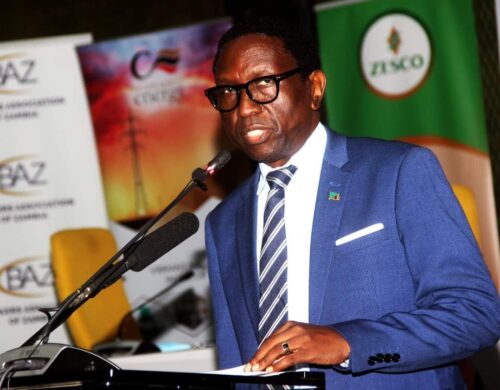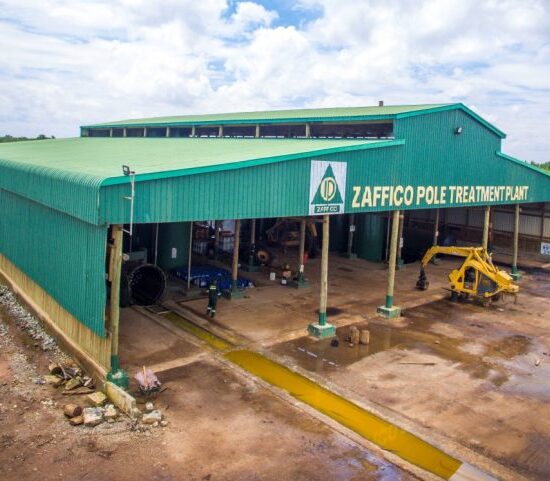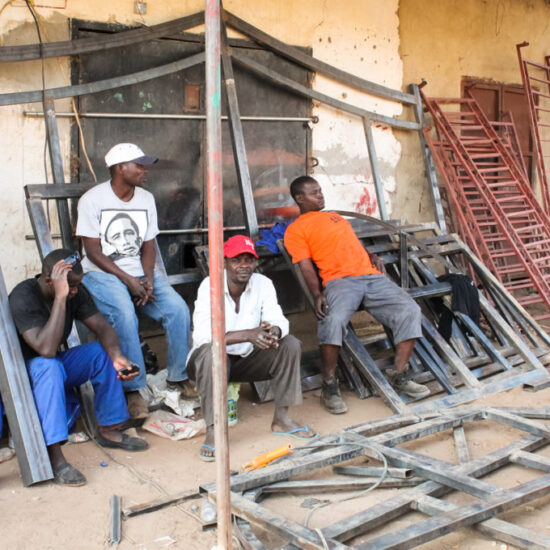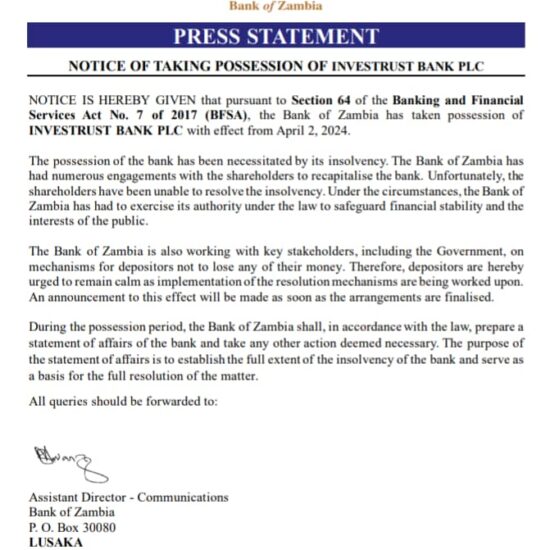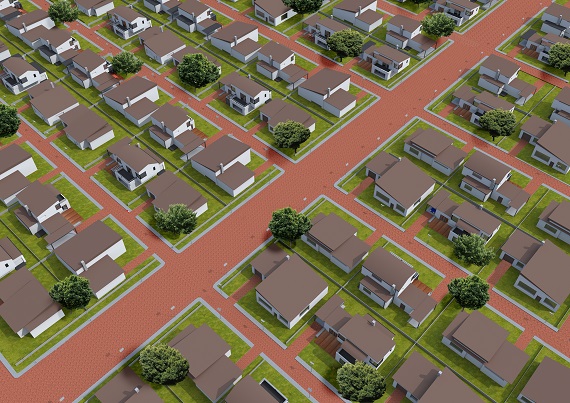
By Nkondo Mudenda MRICS, PrQs, PMAQS, CAIB(SA)
“……. When schemes are laid in advance it is surprising how often the circumstances fit in with them.”
Property development will be critical in the Zambian property market with the expected economic growth. In its 2020 Infrastructure Report, the World Bank highlights the critical role of infrastructure in supporting economic growth and poverty reduction. The report states that “strong economic growth is often accompanied by increased investment in infrastructure, as governments and private sector actors seek to meet the growing demand for goods and services.”. Property investment will rely heavily on property development for sourcing investment opportunities.
Securing project financing and attracting the right investors for the potential projects in this challenging development environment, demands familiarity with the process by which projects are analysed, financed, developed, marketed, managed, and indeed regulated. This article will discuss and assess the property development process.
Property development is essentially an integrated process revolving around a team concept that links the owner of the initial opportunity, the developer, the financier, and the end investor with the public and tenants they serve. Development projects often involve intricate planning, permitting, financing, construction, and marketing phases. Navigating these complexities without professional guidance can be overwhelming and lead to costly mistakes.
The property development process founds itself on the principle that all successful projects:
- Are compatible and complementary with the natural resources of their sites and with the surrounding land use. This simply means legal permissibility in terms of zoning regulations, building permits, and environmental permits.
- Are Physically Suitable for the sites with all the required amenities. It is crucial for site comprehensive assessments and ensuring the safe and successful development of the projects. These assessments include Geotechnical Survey, Traffic Impact Assessment, and Topographical Survey.
- Have typically met or exceeded the development objectives of their investors and owners. This includes financial gains and the quality of products and services desired by the tenants. This underscores the key point that, the projects are Financially Feasible.
The property requires reciprocity between the members of the development team, as well as the public and private sectors in which they operate characteristics of the market segments that will ultimately decide the feasibility of the process.
The process of developing an investment property, regardless of type, size, or location, requires setting in motion and accomplishing five distinct phases of activities:
- Initiation and Conceptualisation
- Project Feasibility synopsis together with an in-depth analysis
- Commitment (Financial Close)
- Design Development, and Construction
- Management and Operation
In all the above there are inter-relationships between each of the phases and indeed the first three phases often repeat before moving onto the final two phases of the cycle. In some cases, too little effort goes into the conceptual planning and feasibility phases. Budgets are restricted, timing is short and often constraining and the perceived need to get started overrides determining in a careful, comprehensive manner of what needs to be done. What results is a product that fails to meet the expectations of its investors, performs poorly, is over-built or under-built for the market, and may threaten the financial credibility of its owners. Examples exist throughout the world of projects that pay insufficient attention to the construction and management/operation phases.
The Developer and Investor must therefore thoroughly understand the development process, know when and from whom to seek professional advice, and be able to integrate the skills of each member of the development team (Construction Project Manager, Architect, Quantity Surveyor, Engineers, Property Brokers, etc) effectively to produce a successful project. The need to engage the pertinent professionals at this early stage in the review process is vital, as the quality of the input directly reflects upon the project at completion. It is also important to understand and recognize that with development at the earliest concept stage, it is “function before form” being determined. The product is designed to allow the operation of a business or function to be performed within the space, not the space being designed, and then discussions are held about how one should fit into it.
Property development, although constrained by uncertainty regarding future conditions, governed by ever-shifting market segments, and subject to the increasingly higher expectations of all those involved, nevertheless frequently offers a challenging and exciting prospect. In developing a property, the Developer, and Investor create both business and real estate ventures. The development process links the five distinct, though evolving, phases that sequentially provide a blueprint for action. Each of the five phases deserves close attention if the product is to meet the challenges satisfactorily.
“………………. but with logic, science, and discipline, risk can be minimized”.
About the author:
Nkondo Mudenda
He is a Co-Founder and Commercial Director at Sadan Developments (an Infrastructure Development Company based in Lusaka). He is a Chartered Quantity Surveyor and a specialist in Property Finance & Development Management.
For any comments and responses, E-mail: nkondo@sadan-dev.com
